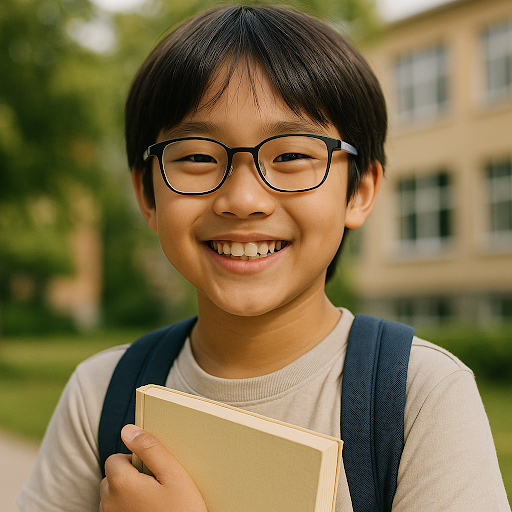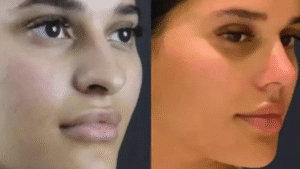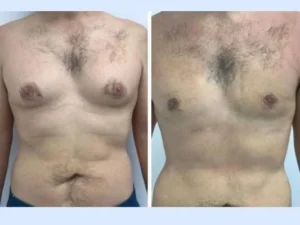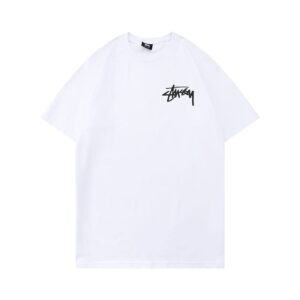
Myopia in children is a major concern in Singapore. Parents need clear, practical guidance on the best myopia control lenses and treatments available locally.
- TL;DR:
- Early intervention slows myopia and reduces future eye disease risk.
- Top options in Singapore include Ortho-K, MiSight, MiyoSmart, Stellest and low-dose atropine.
- Spectacle lenses with DIMS or Eyecare Studio’s myopia control technology can cut progression by about 59–67%.
- Combine optical and lifestyle measures for the best outcomes; monitor children every 6–12 months.
Understanding Myopia and Its Risks
What causes myopia and how does it progress in children?
Short answer: eye growth causes myopia when the eyeball elongates and focuses images in front of the retina.
Myopia is a refractive condition driven by axial elongation. Genetic and environmental factors both play roles. Children who do lots of near work and spend little time outdoors show faster progression.
Fact: In Singapore nearly 28% of Primary 1 and 65% of Primary 6 children are myopic (SingHealth, 2025).
What are the symptoms indicating a child might have myopia?
Short answer: blurred distance vision, squinting, or sitting close to screens or the TV.
Look for poor performance in the classroom or frequent eye rubbing. A formal eye test confirms refractive error and axial length changes.
What are the long-term risks if myopia is left untreated?
Short answer: untreated myopia raises lifetime risk for retinal detachment, glaucoma and early cataract.
Higher prescriptions link to greater risk. Slowing progression reduces long-term complications and preserves vision into adulthood.
Myopia Control Lenses and Optical Treatments
What are the best myopia control lenses available in Singapore?
Short answer: top options include MiSight, MiyoSmart, Stellest and Ortho-K lenses.
MiSight 1-Day and MiyoSmart spectacles have strong trial data. Ortho-K offers overnight corneal reshaping that also slows axial elongation. For local management, see a specialist such.
How effective are Ortho-K lenses compared to myopia control glasses?
Short answer: both work, but they use different mechanisms and suit different children.
Ortho-K reshapes the cornea overnight to provide daytime vision without glasses and slows axial growth. Myopia control glasses use peripheral defocus technologies to reduce progression. Trials show both deliver meaningful reductions in axial elongation when used correctly.
Popular specialized spectacle lenses: MiyoSmart, MiSight, Stellest
Short answer: these lenses use defocus strategies to slow eye growth and have robust trial results.
MiyoSmart (DIMS) and Stellest show about 59–67% reduction in progression in published studies. MiSight contact lenses report similar reductions around 50–60% in children. Choose based on lifestyle, age and clinical fit.
Can myopia control contact lenses like MiSight reduce progression?
Short answer: yes, clinical trials show MiSight can significantly slow progression in school-age children.
Daily disposable MiSight lenses combine correction and treatment in one product. They require regular follow-up and suitability checks by an optometrist.
Medical and Lifestyle Interventions
Is atropine eye drops treatment safe and how effective is it?
Short answer: low-dose atropine is safe and reduces progression with few side effects.
Low concentrations (0.01–0.05%) offer good control with minimal light sensitivity. Clinicians adjust dose based on response. Combining atropine with optical methods often gives better results.
How does outdoor time and limiting near work help control myopia?
Short answer: more outdoor time and regular breaks from near work slow progression.
The Health Promotion Board recommends at least two hours outdoors daily. Natural light and distance viewing help regulate eye growth. Schedule regular breaks during homework and screen time.
Can combining treatments improve results?
Short answer: yes, combination therapy often delivers greater control than a single method.
Clinicians commonly pair low-dose atropine with Ortho-K or myopia control lenses. Monitor outcomes with axial length measurements to guide adjustments.
Practical Considerations in Singapore
What are the costs and accessibility of myopia control treatments in Singapore?
Short answer: costs vary by treatment and clinic, with options for free initial consultations at some providers.
Ortho-K and specialty lenses carry higher upfront costs than standard glasses. Many clinics, including local chains, offer free assessments and payment plans. For clinic details and location options. View more.
How often should children be monitored for myopia progression?
Short answer: monitor every 6–12 months, or more often for fast progressors.
Monitoring should include refraction and axial length checks. Close follow-up lets clinicians change therapy promptly when needed.
What should parents expect during a myopia control consultation?
Short answer: a full eye exam, axial length measurement, and a personalised plan discussion.
The clinician will assess suitability for Ortho-K, contact lenses or atropine and explain costs, care routines and follow-up schedules.
Summary
Choosing the best myopia control lenses in Singapore depends on age, lifestyle and progression speed. Spectacle lenses with DIMS or HALT, MiSight contact lenses, Ortho-K and low-dose atropine all offer proven benefits. Combine optical and lifestyle measures and monitor children at least every 6–12 months. For tailored plans and local clinic options, consult a specialist.
FAQs
Are myopia control lenses safe for children?
Yes. Specialists ensure safety with proper fitting, hygiene education, and follow-up.
Will my child stop using glasses forever with Ortho-K?
Ortho-K provides daytime clear vision without glasses, but wear is ongoing to maintain the effect.
When should I start myopia treatment?
Start as soon as progression is detected; earlier treatment gives better long-term protection.


